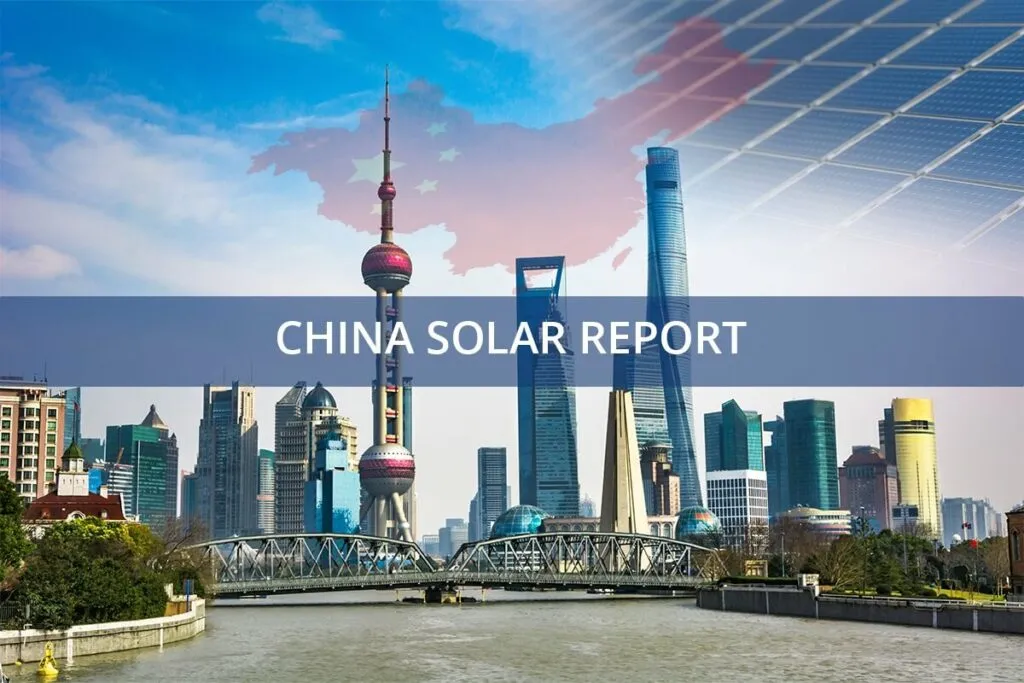By 2025, China’s solar power capacity is projected to surpass its coal-fired power capacity for the first time. This milestone is expected to be achieved two years ahead of previous forecasts, highlighting China’s rapid and unprecedented transition toward renewable energy.
Historic Milestone in China solar energy
According to a report by the International Renewable Energy Agency (IRENA), China’s solar capacity is on track to reach 1,700 gigawatts by 2025, overtaking the installed capacity of its coal-fired power plants. This marks a monumental shift in China’s energy landscape, as coal has been the undisputed backbone of the country’s power supply for decades.
The scale of this expansion is staggering. By the end of 2024, China’s combined wind and solar capacity had already exceeded 1.4 terawatts, surpassing its official 2030 target of 1.2 terawatts six years ahead of schedule. The country’s relentless push for renewables means it now accounts for nearly 60% of all new renewable capacity added worldwide. This incredible growth is built on a highly efficient solar panel manufacturing process that has dramatically scaled up production. For a deeper dive into the numbers, you can explore the Global Solar Report.
To put China’s dominance in perspective, Japan, the world’s second-largest solar market, has an installed capacity of around 80 gigawatts—less than 8% of China’s total. Looking ahead, China is expected to continue leading global solar installations, with its capacity projected to reach an immense 2,700 gigawatts by 2030.
Solar Power’s Role in Reducing Carbon Emissions in China solar energy
Solar power is playing a crucial role in China’s efforts to decarbonize its economy. The explosive growth in solar capacity is expected to cut carbon dioxide emissions by an estimated 1.3 billion tonnes annually by 2025. This reduction is equivalent to roughly 10% of China’s total emissions in 2020.
This national achievement is part of a broader global trend. For the first time, renewable sources are generating more electricity globally than coal, marking a pivotal moment in the fight against climate change. The report highlights that solar power is driving a fundamental energy transition in China, with renewables projected to account for two-thirds of the country’s electricity generation by 2050. This shift is essential for China to achieve its ambitious goals of peaking carbon emissions before 2030 and reaching carbon neutrality by 2060. Many nations are pursuing similar strategies; for instance, the Hungary Solar Panel Manufacturing Report details how it plans to use renewables to phase out coal.
However, this rapid expansion is not without its challenges. The report warns that China must urgently address issues related to grid integration and energy storage to ensure the stability and reliability of its power system. Significant investment in advanced energy storage technologies and grid modernization is necessary to manage the intermittent nature of solar and wind power effectively.
China’s Commitment to Renewable Energy and China solar energy
China’s commitment to renewable energy is underscored by its ambitious national targets and massive investments. The country has pledged to increase its non-fossil fuel energy consumption to 20% by 2025 and 25% by 2030. Solar power, alongside wind energy, is central to achieving these targets.
The global energy transition is accelerating, with the International Energy Agency (IEA) forecasting that global renewable capacity will double by 2030. Solar power is at the forefront of this transition, accounting for about 80% of this projected growth, with China firmly in the driver’s seat.
China’s rapid expansion of solar capacity is reshaping the global energy landscape and setting a new benchmark for renewable energy development. As the world’s largest emitter of greenhouse gases, China’s decisive shift towards solar and other renewables is not just a national success story—it is a critical component of global efforts to combat climate change.
To better understand the fundamentals behind this energy revolution, you can explore the basics of solar panel manufacturing and see how nations are building their clean energy futures. If you’re inspired to learn more about the industry, consider our free e-course on solar panel manufacturing.



